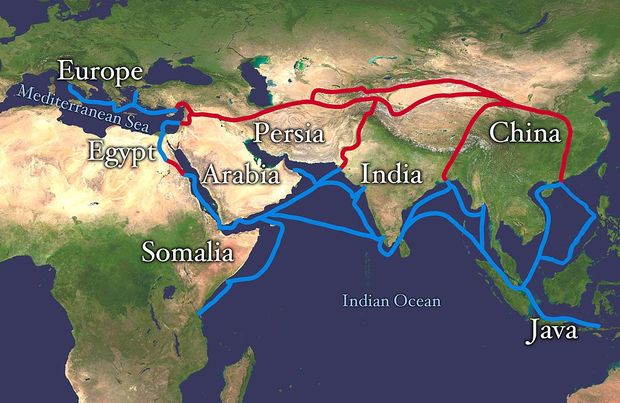Chinese Tacheng is like a melting pot of Tatars, Russians and other 23 ethnic minorities
The Tatars are one of the 25 Tacheng's minorities, along with the Uyghurs, Kazakhs, Hans, Daur people and Russians. The diversity came from the ancient Silk Road that attracted tradesmen from all over the world. Now all the nationalities coexist peacefully and make their contributions to the city's culture and history.
Tacheng is a small city in Xinjiang Uygur Autonomous Region in the northwest of China on the border with Kazakhstan. The population of the city is 170,000 people and it is home to 25 of 56 ethnic minorities officially recognized in China, reports Global Times. Thus, Tacheng is a perfect example of the multicultural cooperation. 'For generations … we've all been a tight-knit community [in Tacheng]. We never separate each other by ethnicity,' says Zaitunna Kalimuwa, the president of the Tatar Cultural Association, who works to retain Tatar national culture.
The Tatars are the smallest ethnic minority in China: the 2010 census revealed less than 4,000 of them. The minority speaks an archaic version of the Tatar language and uses the Arabic variant of the alphabet. The Chinese Tatars originated from the Volga Tatars tradesmen, who settled mostly in Xinjiang, and their descendants now live all over the region. It was a Tatar woman who set up a female school here in 1938. Now Zaitunna Kalimuwa hosts a folk custom museum in her house, where the guests can look at the traditional Tatar embroidery and taste homemade sweets.
The Russians and the Kazakhs have been living here for hundreds of years, as well as the Tatars. Tacheng was among the first followers of the Marxism wave in China after the Russian October Revolution of 1917. The most obvious sign of the Russian influence is Tacheng's passion for the accordion. Besides, having an instrument's museum, the city arranges Friday and Saturday night accordion parties in the Culture Square. Furthermore, in August, 2016, Tacheng broke the Guinness World Record for the biggest accordion ensemble, consisting of 1,517 musicians.

Probably, the reason of Tacheng's multiculturalism is the city's proximity to the ancient Silk Road trade route. The Silk Road Museum is managed by 60-years-old Uyghur man Adil Abdurahman. His collection consists of more than three hundred clippings from newspapers describing the city's history related with the Silk Road routes. The old man names himself a witness of history and hopes that his job can inspire young people to love their hometown and their country.
Despite the numerous places of interest nearby, such as the Kulusitai plains and the Tarbagatai Mountains, Tacheng does not attract many tourists. However, the city's officials are planning to put more efforts to boost tourism: to organize a number of additional flights and trains and to host some sport and cultural events. 'I feel that Tacheng's advantages match current popular tourism trends in greater China,' said Zhang Yan, secretary of Tacheng Municipal Committee, adding that Tacheng is an ideal destination for those seeking to explore the region's natural beauty.